Best astronomy books: modern hits and classic titles
Explore the cosmos and find your way around the night sky with the best astronomy books.

Find your way around the universe with our list of the best astronomy books, featuring both new and classic books from a range of experienced authors.
Whether you prefer a tour of the night sky or a deep dive into the history of different cultures gazing at constellations, stars, asterisms or other spots in the heavens, these astronomy books will bring you well into the cosmos.
By reading the best astronomy books, you'll learn about all kinds of interesting places to visit with your favorite binoculars or telescope: locations such as the star-forming Orion Nebula or complex clusters like the Pleiades that form the basis of many cultural tales.
Modern Astronomy Books

1. Creation Stories
Specifications
Reasons to buy
Reasons to avoid
Cultures around the world have told many stories about the night sky and how it came to be. This incredible book by Anthony Aveni pulls a selection of creation stories from around the world, and attempts to capture diverse peoples on all continents: from Babylonian to Polynesian, from Inuit to numerous African peoples, from Chinese to Hindu.
Aveni is an award-winning author who also teaches astronomy and anthropology, allowing students and interested readers alike to dive into how cultures seek out their origin stories through the night sky and their environment. While this should be treated as an introductory volume—not all cultures or story variations can possibly appear in a single book—this collection is a great start for learning more about different perspectives on astronomy.

2. The Disordered Cosmos
Specifications
Reasons to buy
Reasons to avoid
Chanda Prescod-Weinstein's memoir and discussion of physics takes on the science from a few different points of view. You will see talk about stars and other topics relevant to science here, but you'll also hear calls about how the community can do better in terms of its representation.
Prescod-Weinstein, who teaches astronomy at the University of New Hampshire, is one of fewer than 100 Black American women to earn a PhD from a department of physics. As such, she talks about ways in which she sees the community as needing to recover from a legacy of sexism, racism and other types of issues. Her goal is to help everyone better participate in the discovery of the universe, and to learn about its significance in our lives.
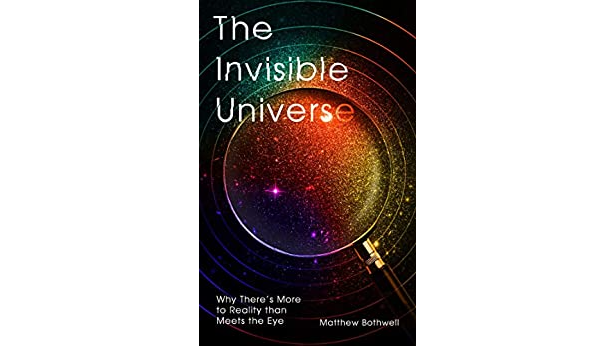
3. The Invisible Universe
Specifications
Reasons to buy
Reasons to avoid
Matt Bothwell engages the reader with a discussion of the universe we cannot see; that is, the universe of information beyond visual wavelengths. He traces how telescopes and other types of observatories can gain information on black holes, supernovas and other cosmic phenomena by using wavelengths such as infrared, radio, X-rays and ultraviolet.
Bothwell is an astronomer and science communicator based at the Institute of Astronomy and the Kavli Institute for Cosmology, Cambridge. The book is part history, in explaining how these different wavelengths are used. But it is also a call to realizing that the universe opens up to us as we engage different types of observations. You can also take the book as a bit of a celestial tour of interesting objects that pop up in the sky in front of our eyes, even if we can't see them without help.

4. How Space Works
Specifications
Reasons to buy
Reasons to avoid
Children and beginners to astronomy will appreciate this fact-filled book about space. It shows readers the familiar worlds of the solar system and then brings you quickly belong to discover the outer reaches of our universe. From the Big Bang to the modern day, you'll get a quick tour of astrophysics history.
The book strives for accessibility and easy learning. As such, it's packed with infographics, images and facts that will be useful for beginning astronomers, or people looking for a quick refresher. When things get complex (as they are bound to do), the book focuses on clear explanations, along with resources to help you learn more as your experience grows.

5. The Backyard Astronomer's Guide, 4th Edition
Specifications
Reasons to buy
Reasons to avoid
We're lucky enough to have a recent, fourth edition of this classic guide to astronomy. It's co-written by Terence Dickinson and Alan Dyer, long-time contributors and writers to the astronomy community who know the ins and outs of what amateurs want, and what they need to know.
Dyer and Dickinson take pains to include the latest technology in telescopes, binoculars and imaging to help you get the most out of your observations. Rich illustrations show realistic reproductions of what sort of photography you could produce with amateur equipment. Even if you prefer naked eye astronomy, however, they have a guide to constellations and bright objects that will be helpful if you're lacking equipment or just beginning your star journey.

6. 2023 Night Sky Almanac
Specifications
Reasons to buy
Reasons to avoid
This highly portable star guide was produced by science journalist Nicole Mortillaro, who is also a long-time member of the Royal Astronomical Society of Canada. It's an in-depth guide meant to introduce beginners to the sky and the curious objects within it, such as comets, stars or globular clusters.
It's packed to the brim with moon phase charts, sky maps and other information to stay up to date for 2023 events. You'll also learn how to do measurements of the sky with your hands, the basics of binoculars and telescopes, and a few astronomy terms to help you learn more about the universe. All this information makes the book helpful for the beginning to intermediate astronomy audience.
Classic Astronomy Books
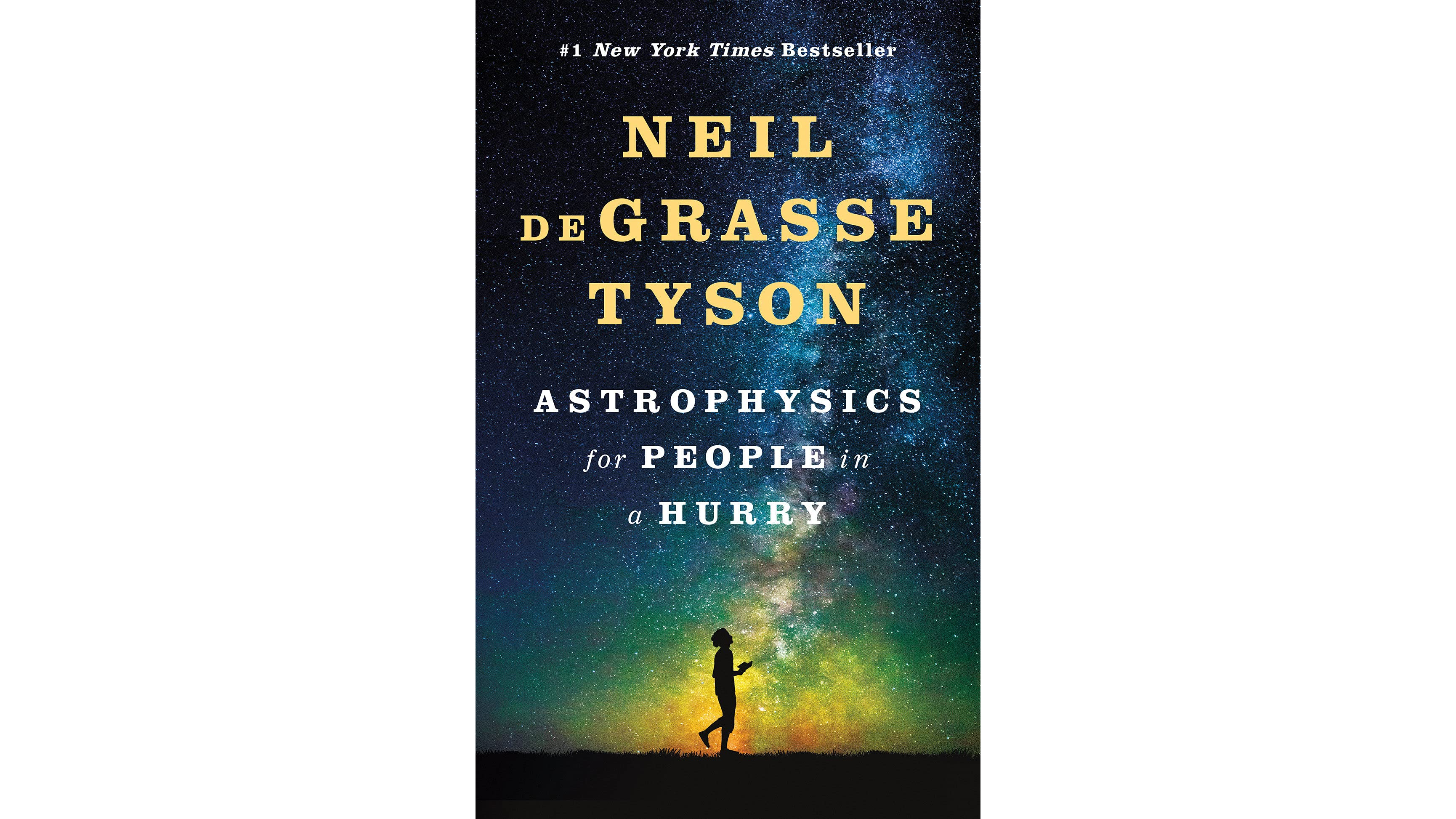
1. Astrophysics for People in a Hurry
Specifications
Reasons to buy
Reasons to avoid
Targeted at an audience interested in astrophysics but with no formal knowledge, this book is from astrophysicist and science communicator Neil deGrasse Tyson. He is best known for hosting the new version of "Cosmos", along with his research at the American Museum of Natural History in New York City.
The book tackles big topics such as the nature of science and time, where humans fit in the universe, and items such as the black holes, quantum mechanics and the Big Bang. The aim is to give readers a brief introduction to the major issues of astrophysics so that they better understand what's in the news, and gain even more appreciation of the sky.
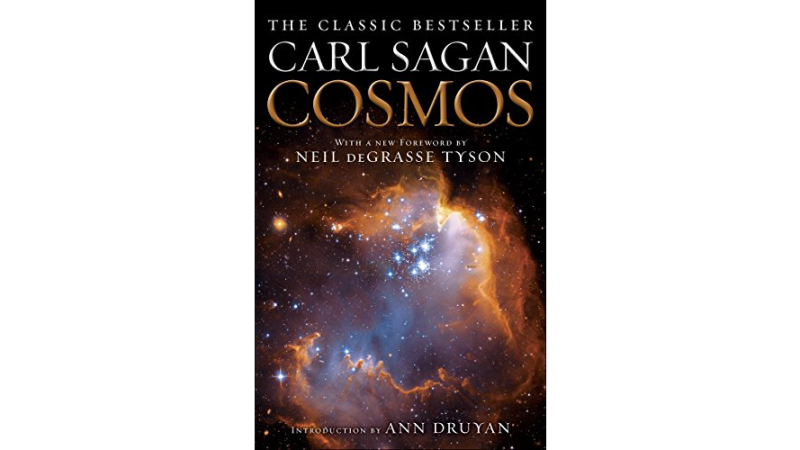
2. Cosmos
Specifications
Reasons to buy
Reasons to avoid
This is the book that generated not one, but two television series entitled "Cosmos." Written by planetary scientist and astronomer Carl Sagan, the book styles itself as a tour through nearly 14 billion years of cosmic evolution. In fact, the book attempts to look beyond space to aspects such as the human brain and Egyptian hieroglypics.
Sagan died in 1996, but the book has lived on through numerous editions. This one tackles topics ranging from spacecraft missions to how galaxies evolve to how our sun may die. It also examines influential individuals in modern science. Some of the material may be dated, but the prose remains an elegant example of Sagan's science communication.
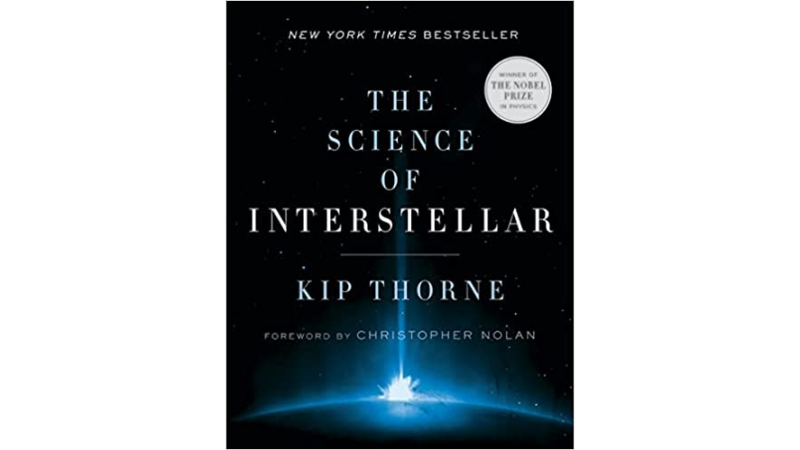
3. The Science of Interstellar
Specifications
Reasons to buy
Reasons to avoid
Fans of science fiction, Christopher Nolan films and especially the movie "Interstellar" will enjoy this volume by Kip Thorne. Thorne earned the Nobel Prize in Physics in 2017, shortly after this book was published, for his lifetime contributions in gravitational physics and astrophysics.
Thorne gives a behind-the-scenes look as to how the movie developed, including his role as science advisor. Next, he discusses many objects familiar with watchers of the movie: interstellar travel, black holes, wormholes and the like. What's neat about the book is seeing how some of Thorne's realizations about physics came from working on this film, showing how valuable the arts are in science.
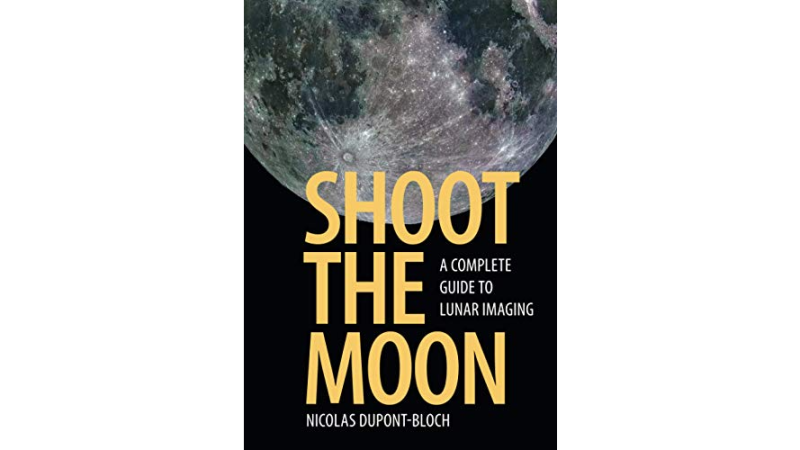
4. Shoot the Moon
Specifications
Reasons to buy
Reasons to avoid
French amateur astronomer Nicolas Dupont-Bloch brings us through a stunning tour of the moon in this book, all through the eyepiece of amateur telescopes or the viewpoint of binoculars. The goal of the book is to show how to image the moon and how to pick the best equipment to see its landscapes, including valleys, craters and mountains.
The equipment sections include lengthy discussions on smartphones, DSLR cameras and specialty gear that amateur astronomers may want as they get more advanced. The book self-styles itself as the first modern book in lunar imaging, allowing people who enjoy playing with astronomy gear the chance to try out their stuff on an easy and bright target.

5. The Sun
Specifications
Reasons to buy
Reasons to avoid
If you want a short and accessible guide to the sun, luckily this book is penned by Philip Judge, a staff member at the National Center for Atmospheric Research and the National Solar Observatory. Judge discusses the role of the sun as a star that supplies life-giving energy to Earth, but how the sun is also a threat at times through its solar storms or other events that can threaten infrastructure.
The book is a swift tour through the sun's physics, structure, origins and evolution and a pointer to some of the questions we have about the sun. Written shortly before a NASA mission (Parker Solar Probe) and a European Space Agency mission (Solar Orbiter) launched for unprecedented high-detail looks at the sun, this will provide a basic understanding for those wanting to follow those missions.
Follow us @Spacedotcom, Facebook and Google+.
Get the world’s most fascinating discoveries delivered straight to your inbox.

Elizabeth Howell was staff reporter at Space.com between 2022 and 2024 and a regular contributor to Live Science and Space.com between 2012 and 2022. Elizabeth's reporting includes multiple exclusives with the White House, speaking several times with the International Space Station, witnessing five human spaceflight launches on two continents, flying parabolic, working inside a spacesuit, and participating in a simulated Mars mission. Her latest book, "Why Am I Taller?" (ECW Press, 2022) is co-written with astronaut Dave Williams.


